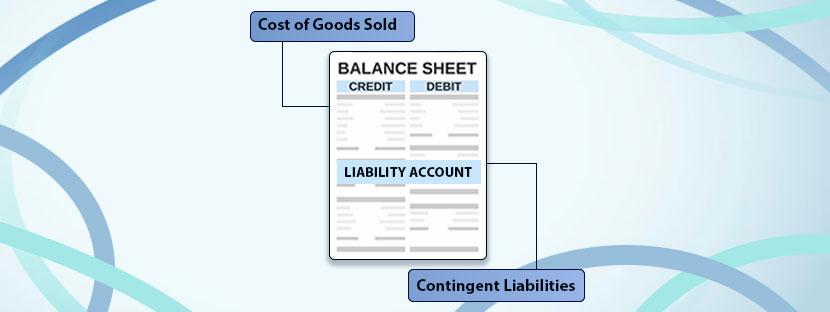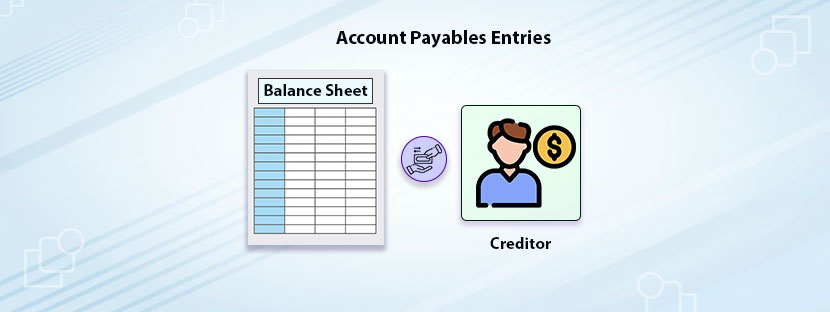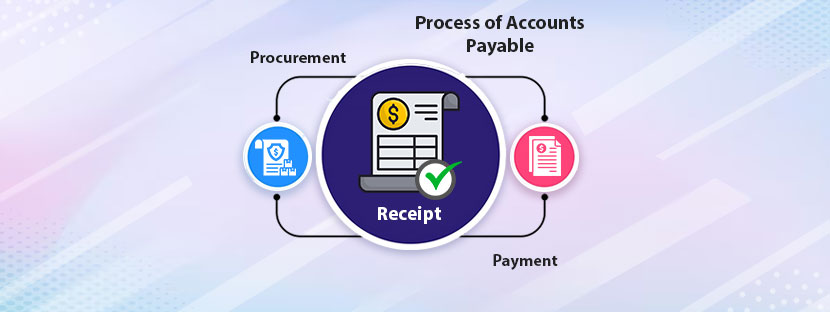Are you running a small business? Then you may know the differences between bookkeeping inventory vs cost of goods retail accounting. Or maybe you’re following any particular method among the two. But, we know why you keep on checking these differences and landed up here. Well, a comprehensive understanding of both methods will help you run your small business much more efficiently.
If you need a genuine concept explainer and a logical elaboration between the inventory and cost of goods sold accounting, welcome you to this blog. Here we’ll discuss all the concepts and try to draw a pattern to understand how both the methods are working together.
Shall we begin?
Let’s Discuss Bookkeeping Inventory
Bookkeeping inventory is the simple process of keeping records of inventory. It means it tracks the items a business holds that are made available for sale. A bookkeeper keeps records of stock levels, inventory purchases, and the value of inventory at different points in time. If all records are managed properly, businesses will have accurate and up-to-date records all the time regarding the stock.
There are different types of inventories exist in the business space. In retail accounting, we can mainly place them under three broad categories, which are;
Well, if you draw a difference between bookkeeping inventory vs cost of goods retail accounting process, you can see many things. For example, inventory bookkeeping is beneficial and weighted over other accounting methods for many reasons. First, it directly prevents overstocking and stockout issues. Next, it shows real-time insights into your inventory. Further, it shares the true picture of your inventory and helps you prepare all reports on time.
About Cost of Goods Sold (COGS)
Within a specified period, the number of goods sold and their input and output values are calculated in the COGS method. The direct costs associated with making and selling the products are considered here. It considers various expenses including material costs, labor charges, shipping payments, etc. Note that it does not consider indirect costs like rent, marketing and promotion charges, etc.
There’s a formula in place to calculate COGS, let’s detail it here.
Cost of Goods Sold (COGS) = Inventory level at the beginning + Purchase made during the time frame – Inventory level at the end
Now, let’s understand how’s COGS important.
- Checking gross profit is easy when you know the value of COGS. Just subtract COGS from the total revenue to get the value of gross profit.
- COGS reflects the accurate price of goods sold.
- Consider COGS for calculating taxable income as its direct taxable value.
Bookkeeping Inventory vs Cost of Goods Retail Accounting – Keypoint Analysis
Though bookkeeping inventory and COGS accounting may appear to look similar, they have many differences. The main part is they serve different purposes. Have a close look at what they do;
| Bookkeeping Inventory | COGS Accounting |
|---|---|
| Focuses on tracking stocks | Focuses on goods sold |
| Tracks the value of stocks on hand | Checks the selling amount of stocks/ goods |
| Reflects business assets | Reflects business profit |
| Does not appear in the income statement | Appears in the income statement as an expense |
Let’s sum up the difference between bookkeeping inventory vs cost of goods retail accounting method.
Inventory bookkeeping helps reflect the real-time value of your stock. On the other hand, COGS represents the value of goods you have sold already. So, now the question is what method you should follow in your accounting practices. To get your answer, we have to understand cost accounting and retail accounting slightly in detail.
The Cost Accounting Method
As the name suggests, the cost accounting method exclusively tracks and allocates costs. This method has been developed as a solution to a specific business accounting issue. The thing is businesses often purchase goods from different vendors at different prices. However, when they set the price of their final goods then the profit from each product appears differently. Therefore, to solve this, the cost accounting method has two options;
The Retail Accounting Method
Like regular bookkeeping practices, retail accounting records, tracks, and prepares the valuation of inventory for retail businesses. Retails gets an estimation of its inventory value without assessing the inventory physically in this method.
Retailers often find this method easier than cost accounting as they do not have to calculate stocks each time after making any sales. This method works on accurate estimation and that’s why it is suitable for small businesses.
So, What Method Should You Choose?
After getting the detailed inspection between bookkeeping inventory vs cost of goods retail accounting, hope you have chosen your side. You’ll be beneficial if you choose inventory bookkeeping because you’re running a small business. However, you must choose COGS accounting if the size of your business operation is quite huge. To help you with accounting, you can choose bookkeeping services through outsourcing. Smart businessmen prefer that mostly.
In general, inventory is a great parameter that informs businesses of the number of goods that have been sold and the number of goods that are still unsold. Based on that information, businesses make decisions and take action.
Choosing inventory bookkeeping simply helps businesses inform the stock information in real time. However, COGS accounting takes a step further as it helps businesses calculate the amount of profit they make selling the goods. Hence, the purpose is different, so choose what you need accordingly.











